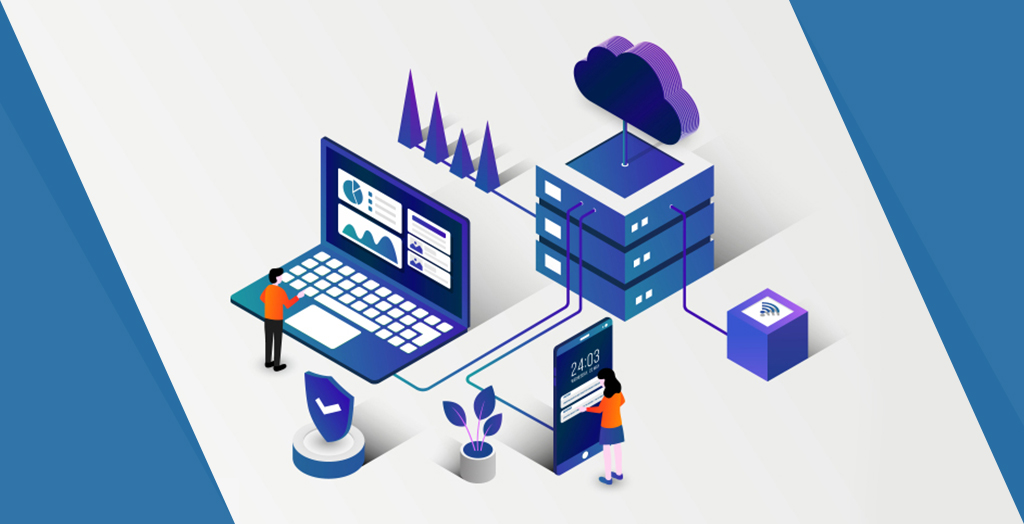Transition to the Cloud: Key Stages of Migration
In today's digital landscape, cloud computing has become a cornerstone for businesses seeking scalability, efficiency, and security. However, transitioning to the cloud requires careful planning and execution to ensure a seamless integration. Below are the key stages of a successful cloud migration and the strategies to mitigate risks along the way.
The Benefits of Cloud Technologies for Business
Migrating to the cloud offers numerous advantages. It enhances operational flexibility, allowing businesses to scale resources up or down based on demand. Additionally, cloud storage reduces the need for costly on-premises infrastructure, leading to significant cost savings. Enhanced security measures, such as encrypted data storage and automated backups, also ensure better protection against cyber threats. Furthermore, cloud-based collaboration tools streamline workflow, enabling teams to work efficiently from any location.
Avoiding Common Mistakes in Cloud Migration
Despite its benefits, many businesses encounter challenges during migration. One common mistake is inadequate planning, which can result in data loss or downtime. To prevent disruptions, businesses should conduct a thorough assessment of their existing infrastructure and identify critical workloads for migration. Another frequent error is neglecting security measures. Moving sensitive data to the cloud without proper encryption or access controls can expose businesses to vulnerabilities. Implementing multi-factor authentication and robust security protocols is essential.
Key Tools and Strategies for a Safe Transition
To facilitate a smooth migration, businesses should leverage automation tools that simplify data transfer and application deployment. Cloud management platforms offer centralized monitoring, ensuring optimal performance and compliance with security standards. Additionally, a phased migration approach—starting with non-critical workloads—reduces risk and allows teams to adapt gradually to the new environment.
Ensuring Seamless Integration with Cloud Services
Integration is crucial for maximizing the benefits of cloud computing. Businesses should align their cloud infrastructure with existing IT systems to maintain workflow continuity. APIs (Application Programming Interfaces) and cloud orchestration tools help streamline this process by enabling seamless communication between cloud and on-premises systems.
Final Steps: Testing and Optimization
Once migration is complete, thorough testing is necessary to ensure all applications function correctly in the cloud environment. Performance monitoring tools provide real-time insights into system health, allowing businesses to address inefficiencies promptly. Regular updates and continuous optimization further enhance cloud efficiency and security.
By following these structured steps, businesses can achieve a smooth and secure transition to the cloud, unlocking new levels of innovation and growth.

